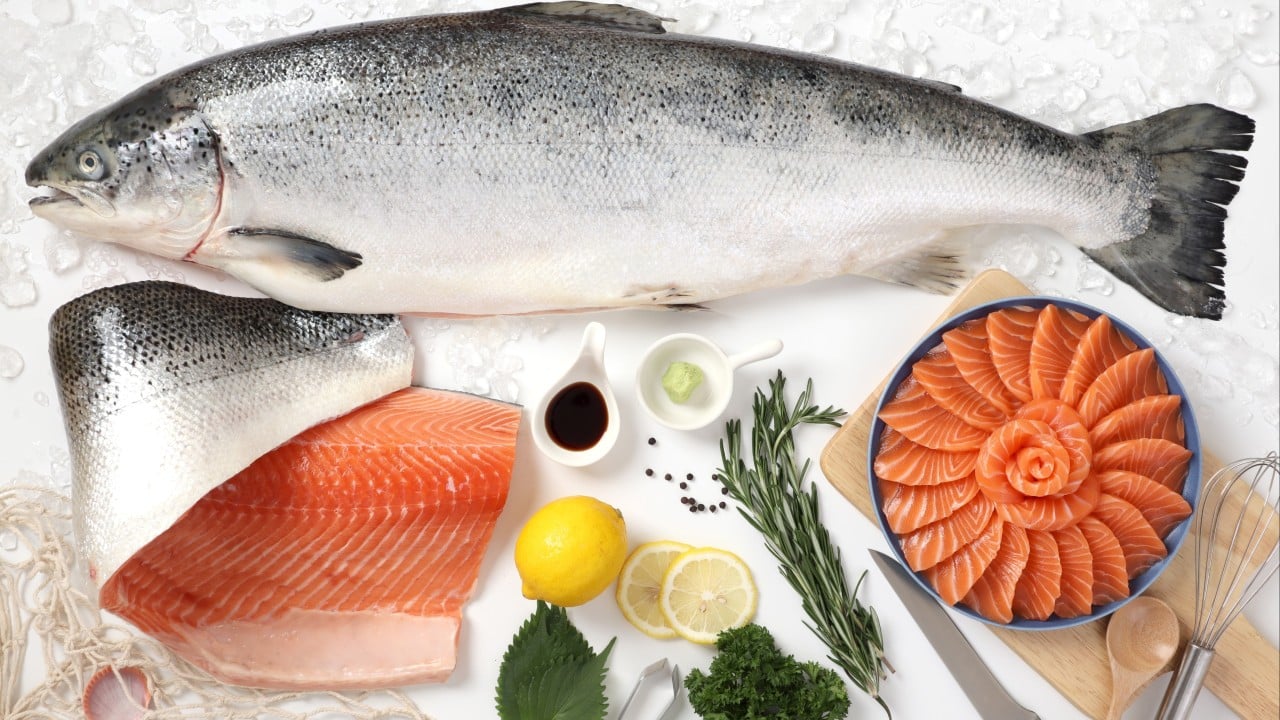Scientists from a university in Hong Kong have identified a “ladder” system providing personalised seafood avoidance for patients allergic to fish after finding a significant portion of them showed tolerance to certain species.
The department of paediatrics of the Chinese University of Hong Kong (CUHK) recruited 249 fish-allergic children with a median age of 4.2 years and found that 40 per cent of them reported tolerance of at least one type of fish.
The team thus built a “fish allergenicity ladder” system based on the clinical tolerance pattern, corresponding to ꞵ-parvalbulmin, a kind of protein in the fish’s flesh and also the major allergen of patients allergic to fish.
Leung Ting-fan, a professor in the department of paediatrics who led the study, said on Tuesday that fish was a highly nutritious food that contained crucial nutrients such as protein and Omega-3s that were essential for the growth of children.
“There is an unmet need to effectively assess patients for selective tolerance to fish in daily practice, so that they can be offered appropriate and safe clinical advice,” Leung said.
According to Agnes Leung Sze-yin, an assistant professor from the team, parvalbumin is highly identical in different fishes.
Therefore, she said 80 per cent of the positive results yielded from the traditional allergy testing were inaccurate because it only broadly indicated patients were allergic to fish instead of the specific species.
“Nearly all patients are recommended not to intake any kind of fish then,” Leung said.
However, through analysis of different fish-specific levels of IgE – an allergy-associated antibody – the team found that patients would report tolerance to fish with low ꞵ-parvalbulmin levels, especially sea fish, such as salmon, tunas, halibut and cod.
Most of the patients were allergic to freshwater fish such as tilapia, vatfish and grass carp, which contain high ꞵ-parvalbulmin, while grouper and herring had an intermediate degree of allergenicity, the study found.
Salmon, with the lowest ꞵ-parvalbulmin level, can be consumed by up to 30 per cent of the patients in the study.
“There are more than 100 … [fish species] that can be consumed in the world, and their ꞵ-parvalbulmin levels vary,” said Christine Wai Yee-yan, an assistant professor from the department.
“The system provides allergists with a significant reference to minimise the risk of adverse reactions during oral food challenges for fish allergy diagnosis, by choosing fish with lower level of ꞵ-parvalbulmin to start the test,” Wai said.
“These fish-allergic children may then have fish species with low ꞵ-parvalbulmin level content reintroduced to their diets.”
The team also noticed that while 48 per cent of the fish-allergic patients were not allergic to shellfish, 33 per cent of them avoided all types.
“This is due to the mistaken belief that they are allergic to both fish and shellfish, but the allergens of these two are totally different,” Wai said.

The ladder system is not a new concept in allergology. Similar systems such as the milk ladder and egg ladder, categorised by the cooking time of the food, have been around for a long time.
About 1.5 per cent of Hong Kong people are allergic to certain foods, according to skin prick or antibody test results and medical history.
The team warned that although individuals with selective fish tolerance could consume those their bodies were able to tolerate, the increased consumption should happen only after thorough evaluation and careful supervision by allergists.
Parents should also be familiar with the symptoms and allergens of their allergic children, and carefully review labels on the package before purchasing.
“It is also better for the patients to consume fish they can tolerate at home, where they can prepare and cook the fish carefully to avoid contamination with fish that have higher allergenicity,” Leung said.


